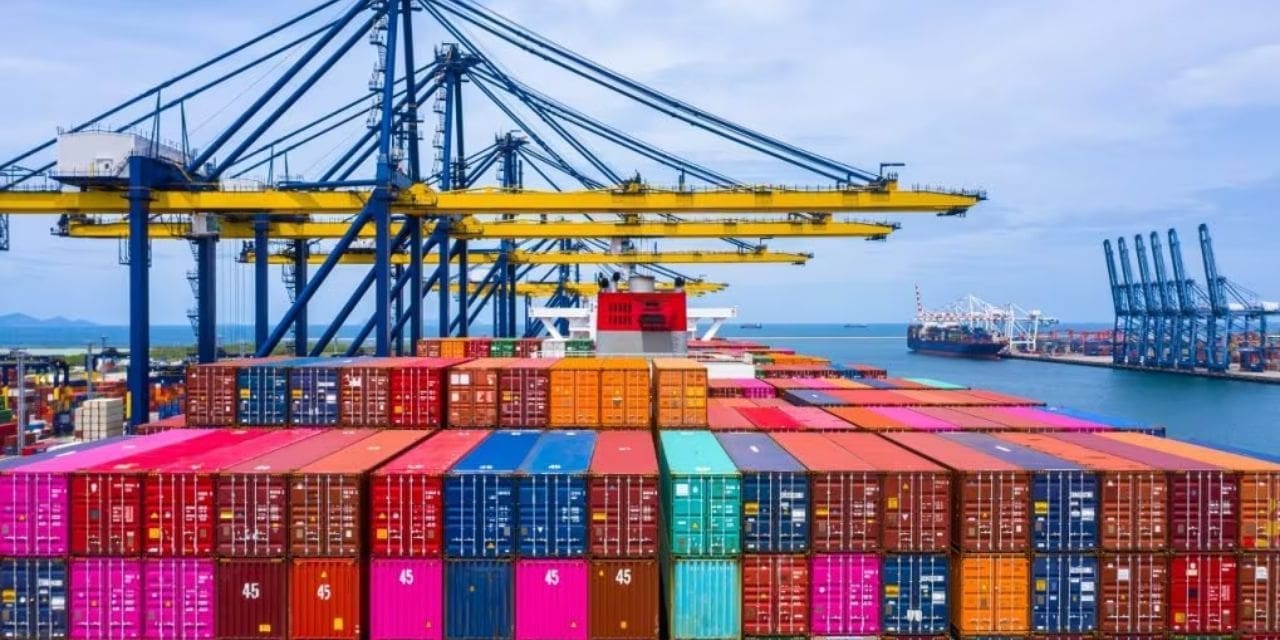The launch of the new FTP coincides with a drop in India’s exports as a result of sluggish advanced-economy demand. According to the source cited above, the long-term vision might suggest actions to take in order to export goods worth $1 trillion by 2030. As part of the Aatmanirbhar Bharat project, these might include creating economic zones outside of India and diversifying service exports outside of the US and EU.
We’re looking at a dynamic international trade strategy that lays out a broad vision for accomplishing a long-term goal. When changing policy is necessary, waiting five years is not an option. The federal government has been consistently improving and enabling IT… Exporters formerly had to wait until the five-year foreign trade policy to introduce any new initiatives, such as the duty remission programme, etc. According to the person quoted above, who spoke on the condition of anonymity, “We have already done that and did not wait for the FTP to launch.
The Director General of Foreign Trade (DGFT) of India established the FTP as a set of rules and regulations for import and export of products. In a last-minute change of plans, the government postponed FTP for 2022–27 in September, which was supposed to be revealed on September 30.
In contrast to its initial prediction of roughly $470 billion, the administration now anticipates that exports would remain level in the current fiscal year at $417 billion.
Exports fell by 12.2% to $34.5 billion in December from a year earlier as consumer demand across various advanced economies was hampered by the recessionary outlook. and developing nations. This drop occurred twice in FY23. At the highest level of government, a decision will be made in March on the announcement of FTP. e-commerce, districts as export hubs, and SCOMET (dual-use commodities utilised for civilian/industrial and military purposes), according to the official cited above, may be included in three additional chapters of the FTP.

